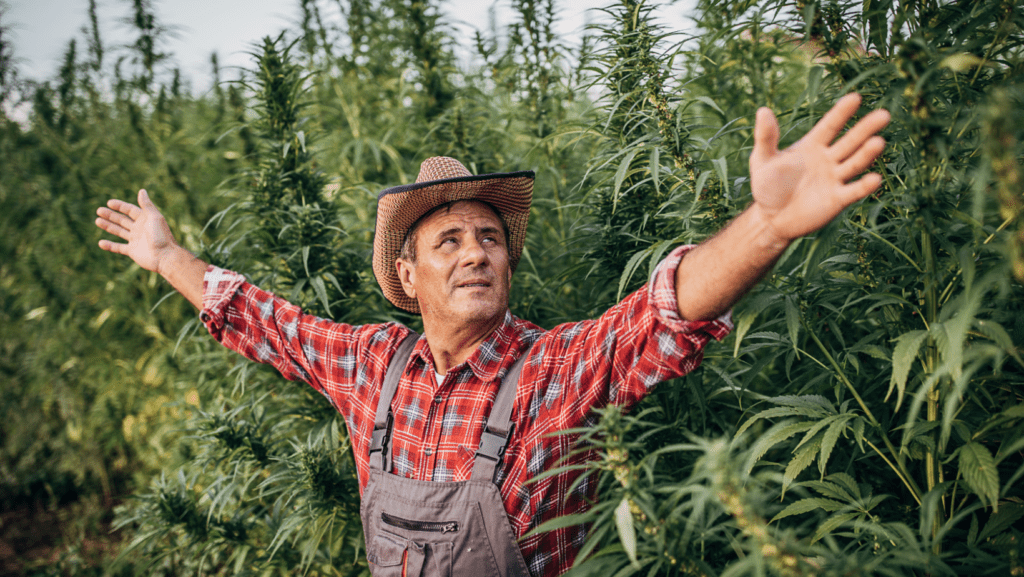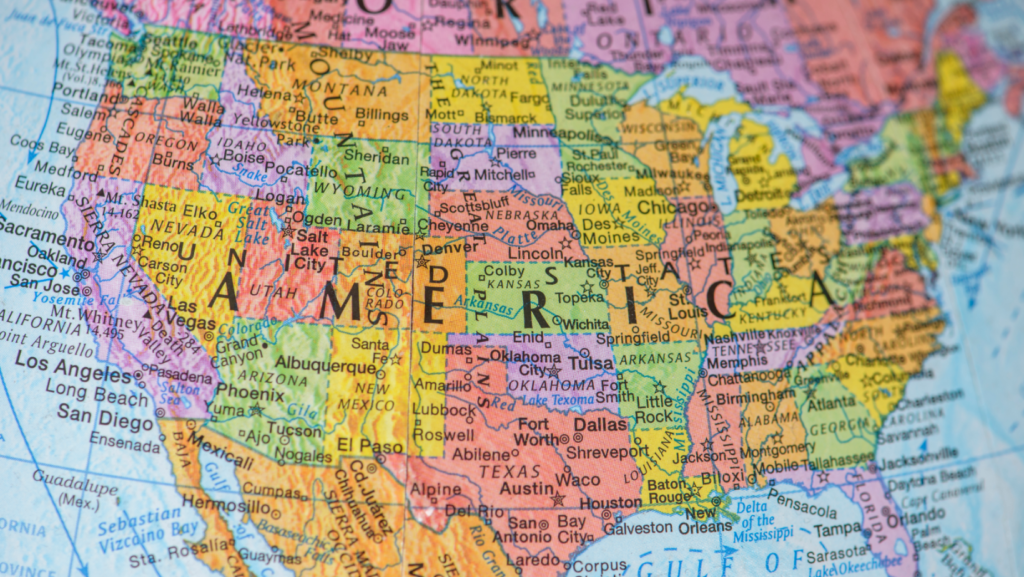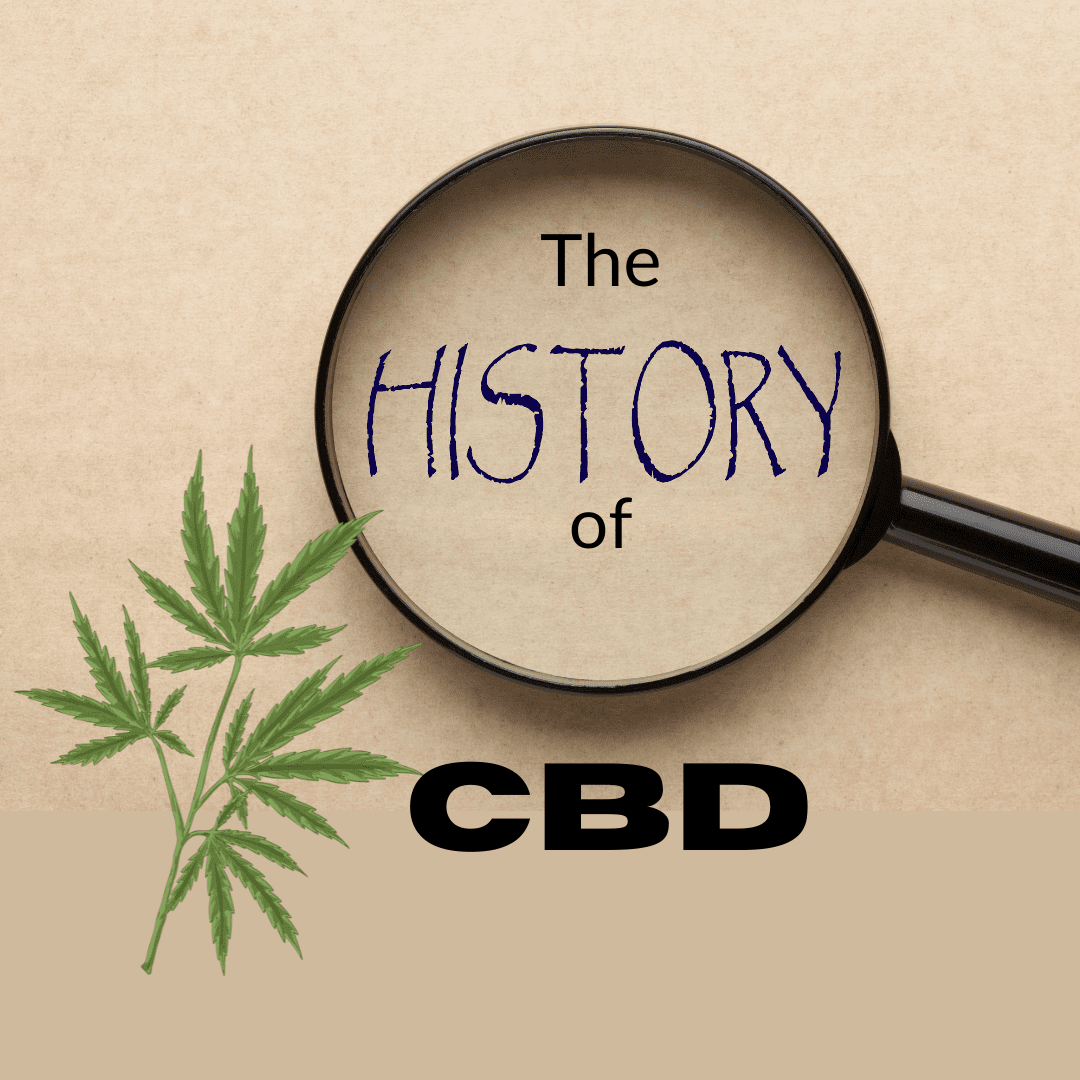If you’ve ever wondered about the history of CBD, you’re not alone.
It’s one thing to be introduced to a new friend like CBD, and another to learn then story of their lives.
Here’s a quick rundown of how this humble cannabinoid made its way from obscurity to one of the most popular natural remedies on the market today.

Did you know that CBD has been used in the United States for centuries, far before its current popularity?
Evidence shows that settlers in the 1700s and 1800s made use of CBD for its therapeutic qualities, with hemp plants said to have medicinal properties.
The first reported therapeutic use of CBD in the United States dates back to the 1830s, when a New England doctor prescribed it for a variety of ailments, including inflammation, headaches, and rheumatism.
By the late 19th century, cannabis tinctures were widely available over-the-counter to treat a variety of medical conditions.
Reports claim early Americans even brewed hemp tea, used it as a tonic, and made their own CBD extracts.
Additionally, the hemp plant (from which CBD is extracted) was widely used for things like rope and paper.

In the 1930s, CBD was first introduced to the mainstream market of America as a component of hemp oil and other products.
During this time, it was marketed as a natural remedy for anxiety, insomnia, and even cancer.
CBD was even being used by medical practitioners as a treatment for epilepsy, but knowledge of it outside of medical circles was still relatively minimal.
It wasn’t until later in the century that research into its benefits would be conducted, revealing even more potential applications.
However, in 1937, cannabis was criminalized and all forms of the plant were banned – including CBD.
When did CBD become legal in the USA?

CBD has a long and complex history in the United States.
The first legal step toward recognizing CBD as a legitimate therapeutic substance came in 2018.
That’s when the U.S. Farm Bill legalized hemp-derived products containing 0.3 percent or less of THC (tetrahydrocannabinol), the psychoactive compound found in marijuana plants.
The passing of this bill also meant that hemp-derived CBD was removed from the Controlled Substances Act, where it had been classified along with marijuana and other narcotics since 1970.
The Drug Enforcement Administration immediately issued an official statement acknowledging that hemp-derived CBD could be legally sold and distributed within the United States.
This marked a monumental shift in how American society views cannabis and its derivatives — including CBD — as well as how law enforcement would handle related offenses moving forward.
Since then, CBD has become widely available throughout all fifty states across America, with many retailers now selling hemp-derived products online and in stores nationwide.
This newfound accessibility is due to the rapidly growing number of scientific studies being conducted on CBD which have provided evidence for its potential health benefits such as:
- reducing inflammation and anxiety
- relieving pain, improving sleep quality
- aiding digestion
- helping to mitigate certain types of seizures.
Although CBD’s journey toward becoming legally recognized in the United States has been fraught with controversy, it is clear that this cannabinoid is here to stay — offering numerous potential benefits for those looking to manage their health without relying on prescription medications or over-the-counter drugs.
When did CBD products start?
The first CBD products began to enter the mainstream market in the early 2000s.
These products were initially marketed as dietary supplements, and they contained a variety of compounds derived from cannabis plants.
As research into the potential therapeutic benefits of CBD began to grow, more companies began selling products that were specifically formulated to contain CBD.
By 2017, sales of CBD products had grown significantly and the industry was estimated to be worth $367 million in the United States alone.
This was due in large part to media coverage of studies showing that CBD could potentially help treat a range of conditions such as epilepsy, anxiety, pain, inflammation, and sleep disorders.
The increasing demand for these products was also driven by growing public awareness about their potential health benefits.
In 2018, the passing of the U.S. Farm Bill provided further legal clarity regarding hemp-derived CBD and further opened up the market for these products across America.
This allowed companies to begin marketing and selling more traditional forms of consumable CBD such as oils, tinctures, capsules, edibles, drinks and topical creams.
Today, hundreds of thousands of retail outlets now offer an array of different CBD products ranging from traditional oils and tinctures to CBD gummies and other edibles.
There are even chocolate bars containing cannabidiol extracts.
There is no doubt that this market will continue to grow as more people become aware of its potential therapeutic properties — making it clear that CBD has firmly established itself as a legitimate player in the healthcare industry
What was the first FDA approved CBD?
The first FDA-approved CBD product was Epidiolex.
It was approved in June 2018 and became available to the public in November of that same year.
What did the FDA approve CBD for?

Epidiolex is a medicine developed by GW Pharmaceuticals to treat two rare forms of epilepsy in children.
The active ingredient in Epidiolex is cannabidiol (CBD), a compound derived from the cannabis plant that has been found to have anti-seizure and anticonvulsant properties.
Since approval, multiple studies and research initiatives have been conducted on CBD and its potential therapeutic applications.
In addition to the treatment of seizures due to certain forms of epilepsy, CBD may be beneficial for managing anxiety, inflammation, pain, spasticity related to multiple sclerosis, and other medical conditions.
What do people do with CBD?
In recent years, news about the effectiveness of CBD for treating certain conditions has made it very common for pain relief, anxiety relief, seizure control, and more.
Specialty stores were among the first to jump on the bandwagon and begin offering it in various forms – from edibles to topical ointments.
These days you can even find people adding “CBD shots” to their morning coffee routines!

Today, CBD is legal in all 50 states and is widely available in a variety of forms, from oils to edibles.
Thanks to scientific research and general acceptance of alternative forms of medicinal treatments, CBD is widely accepted and its usage is growing everywhere.
As long as it is derived from the hemp plant, which has a lower level of THC.
This makes it different from marijuana. (THC is what gives marijuana the “high” effect.)
CBD is mostly legal across the U.S. – with some conditions attached, depending on what state you are in.
In this short amount of time, CBD has gone from being something found primarily in cannabis shops to becoming commonplace in health food stores and other retailers – it’s available as oils and edibles, tinctures and capsules, topicals, vapes, teas and chocolates.
As research into the therapeutic benefits of CBD continues to expand, there’s no telling what else this powerful cannabinoid has yet to offer.
Conclusion

The history of CBD in the United States is a fascinating one full of color and character.
While it’s believed to have been used by our ancestors for centuries, it wasn’t until the 1930s that CBD was introduced to the mainstream market.
Since then, it’s gained increasing popularity due to its touted benefits.
Nowadays, it’s conditionally legal in all 50 states (make sure you check your local state laws) and can be found just about anywhere.
From oils to edibles, Americans have plenty of choices when it comes to finding a quality CBD product that suits their needs.
Regardless of which form you choose, investing in a quality product from a trustworthy source is always your best bet if you’re looking to reap the many rewards of CBD.


